Do you have a question about the Honda ACTIVA 4G 2017 and is the answer not in the manual?
Explains safety messages, signal words (DANGER, WARNING, CAUTION), and their meanings.
Key safety recommendations for riding, including helmets and visibility.
Tips to increase rider visibility to other drivers.
Warning against consuming alcohol before or during riding.
Advice on riding within personal abilities and avoiding hazardous conditions.
Recommendations for wearing protective gear like helmets, boots, and gloves.
Importance and selection criteria for helmets and eye protection.
Recommendations for other riding gear such as boots, gloves, and clothing.
Specifies the maximum weight capacity for the vehicle.
Provides advice on how to load cargo safely and evenly.
Advice on using genuine accessories and avoiding unsafe modifications.
Recommendations for using genuine Honda accessories and guidelines for non-Honda accessories.
Information on brake operation, adjustment, and free play.
Importance of tyre air pressure and recommendations for checking it.
Specific visual checks for tyre wear, damage, and foreign objects.
How to inspect tyre tread wear using indicators.
Location and operation of the ignition switch, including key positions.
Operation of the starter button to crank the engine.
Instructions on how to lock and unlock the steering.
Importance and steps for conducting a pre-ride inspection of the vehicle.
Steps for mounting the vehicle and starting off safely.
How to accelerate and decelerate the vehicle safely.
Techniques for cornering, descending steep grades, and riding on slippery surfaces.
Explains why regular maintenance is crucial for safety and performance.
General safety precautions to be followed during maintenance tasks.
Specific safety measures to avoid hazards like carbon monoxide poisoning, burns, and injuries.
| Displacement | 109.19 cc |
|---|---|
| Max Torque | 9 Nm @ 5500 rpm |
| Fuel System | Carburetor |
| Transmission | Automatic |
| Fuel Tank Capacity | 5.3 liters |
| Kerb Weight | 108 kg |
| Seat Height | 765 mm |
| Brakes | Drum |
| Bore x Stroke | 50 mm x 55.6 mm |
| Compression Ratio | 9.5:1 |
| Frame Type | Underbone |
| Front Brake | 130 mm Drum |
| Length x Width x Height | 1761 mm x 710 mm x 1149 mm |
| Wheelbase | 1238 mm |
| Ground Clearance | 153 mm |
| Engine Type | Air cooled, 4 stroke, SI engine |
| Max Power | 8 bhp @ 7500 rpm |
| Tires (Rear) | 90/100-10 53J |
| Rear Suspension | Spring Loaded Hydraulic Damper |
| Tires (Front) | 90/100-10 53J (Tubeless) |

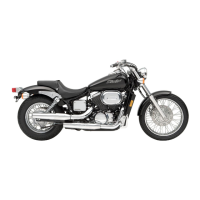
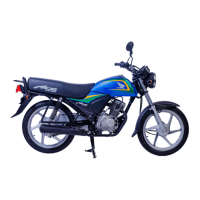
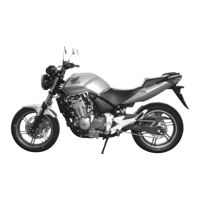


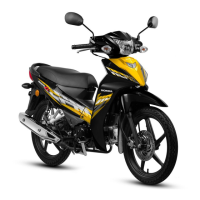
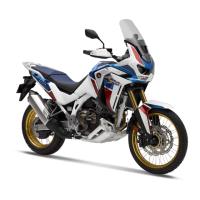
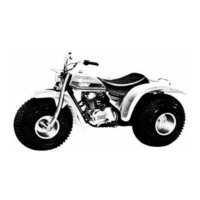
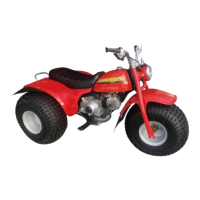
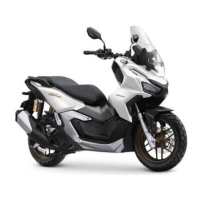

